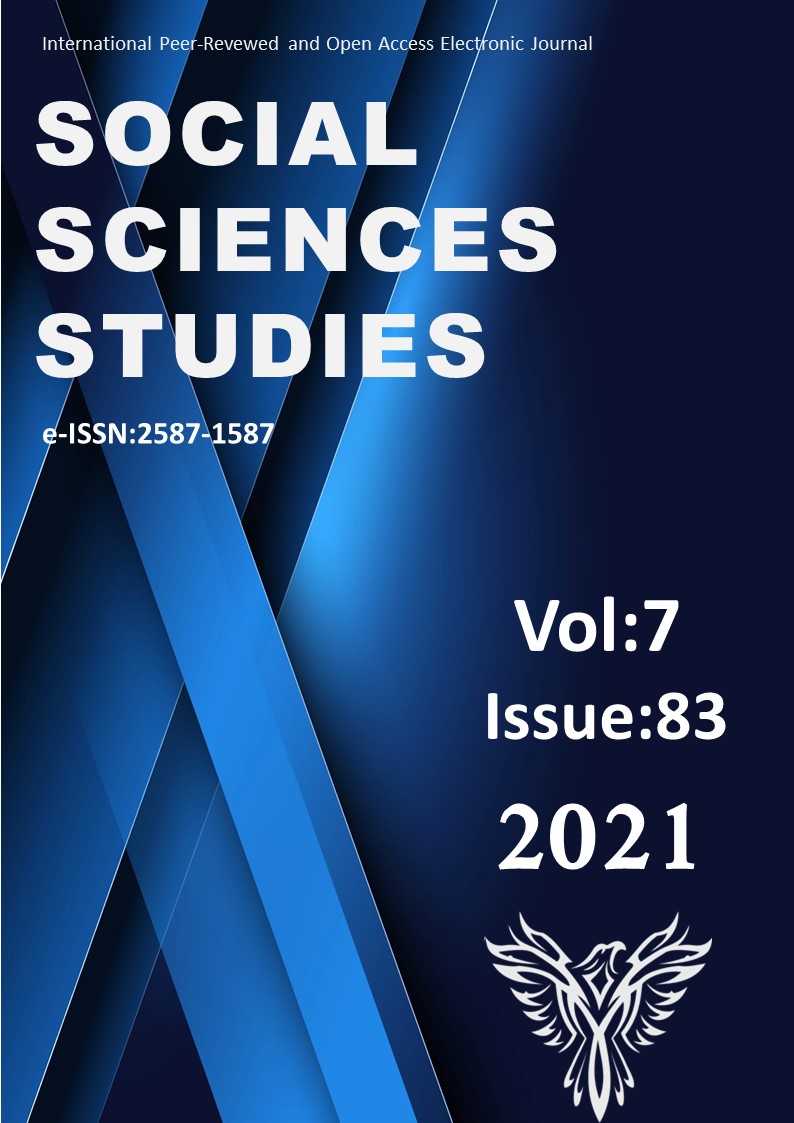Author :
Abstract
Bilginin çoğaltılarak paylaşılma sürecinde kalıcı etkisi göz önünde bulundurulduğunda kağıt ve matbaa bugünkü ilmi seviyenin en önemli mimarları olarak kabul edilebilir. Basım faaliyetinin belirli bir sistematiğe dönüştürülerek haber yaprakları vasıtasıyla sürekli hale getirilmesi ise basın kavramını doğurmuştur. Yaşanan gelişmelerden bireyleri haberdar etme veya paylaşılmak istenen haberi bireylere aktarma düşüncesi basın faaliyetini gazetecilik, dergicilik gibi kategorilere ayırmıştır. Bu çerçevede Osmanlı dergiciliği Tanzimat döneminden başlayarak Osmanlı basınında kendisine bir yer edinmiş, özellikle II. Meşrutiyet döneminde önemli derecede gelişme göstermiştir. Çalışmada Osmanlı’da basın ve dergicilik faaliyetlerinin gelişimi ele alınmaya çalışılmıştır. II. Meşrutiyet dönemi dergilerinden olan Talebe Defteri’nin yayın serüveni ve teknik tanıtımı yapılmıştır. Ayrıca dergi yazarlarından Hüseyin Ragıp (Baydur)’un dergide yazdığı yazıları, eğitim perspektifinden anlaşılmaya çalışılmıştır.
Keywords
Abstract
Considering its permanent effect in the process of sharing and reproducing knowledge, paper and press can be considered as the most important architects of today's knowledge/science level. The permanence of printing activity by transforming it into a specific system and making it continuous through news sheets generated the concept of press. The idea of informing individuals about the developments experienced or conveying the news to individuals has divided the press activity into categories such as journalism and magazine publishing. In this context, Ottoman journalism gained a place in the Ottoman press starting from the Tanzimat period and developed significantly especially during the Period of Constitutionalism II. In this study, the development of press and magazine publishing activities in the Ottoman Empire is tried to be discussed. The publication adventure and technical introduction of the Talebe Defteri, which is one of the journals of the Constitutionalism II, was made. In addition, the articles of Hüseyin Ragıp (Baydur), one of the journal writers, were tried to be understood from the perspective of education.





